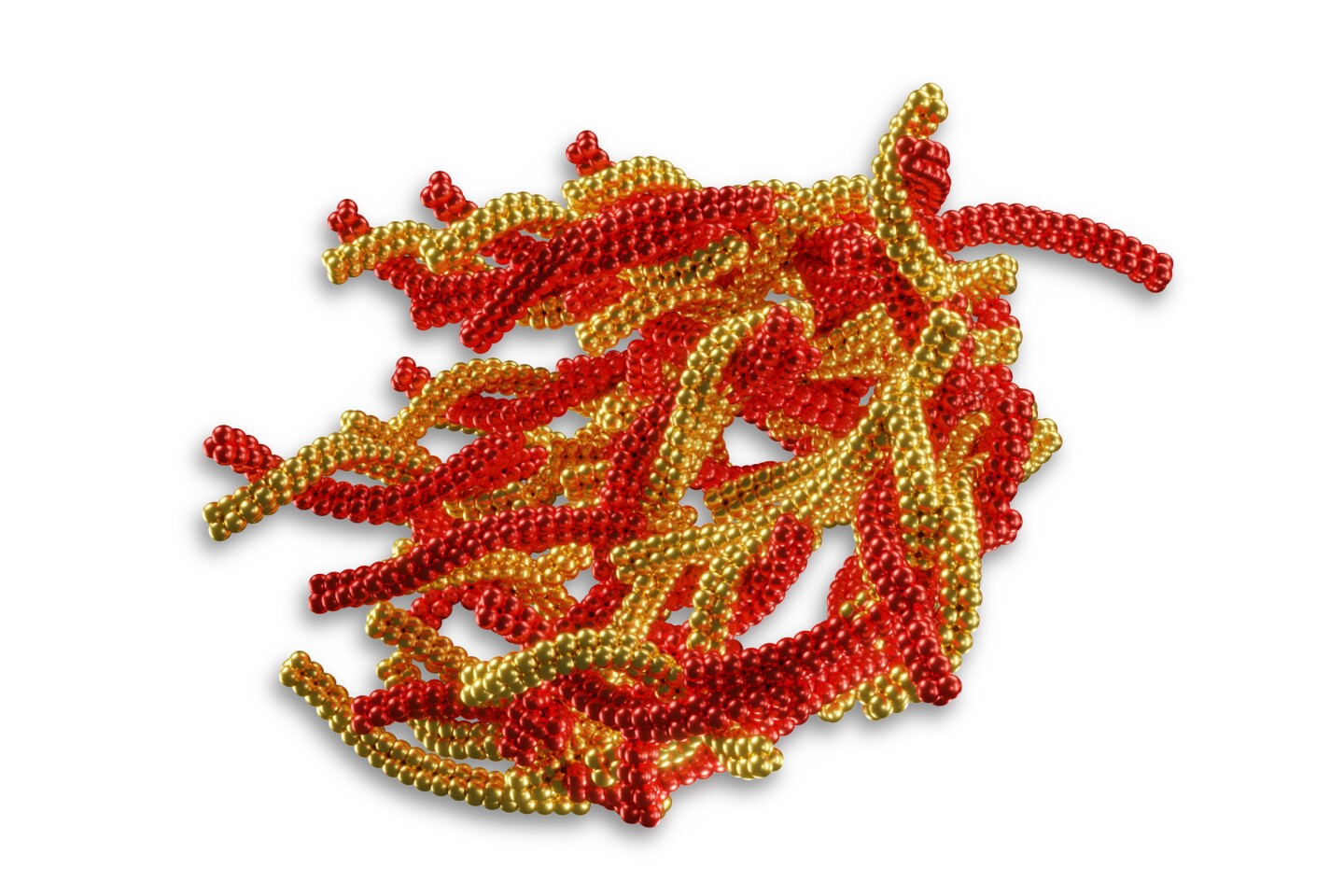Glowing particles help guide the process of soldering wounds closed
While sutures and staples suffice for closing most wounds, they can damage delicate tissue, plus they may allow fluids to leak out when applied to internal organs. Scientists have thus set about improving an alternative wound-closure method known as ti… Continue reading Glowing particles help guide the process of soldering wounds closed
